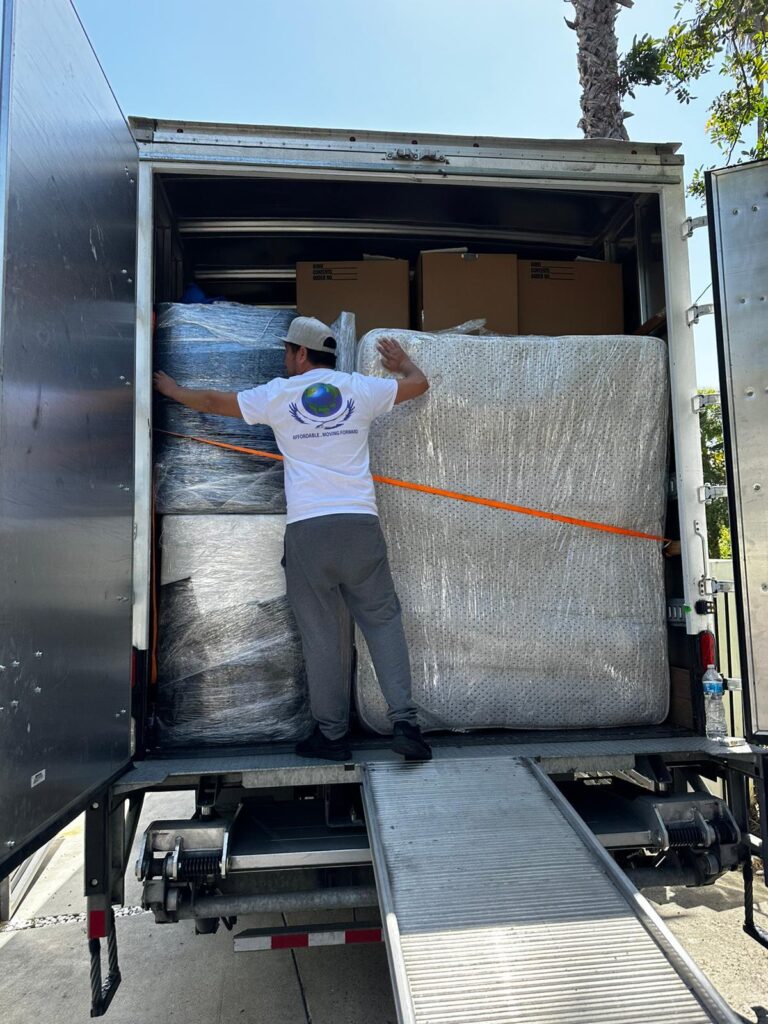Moving exercise equipment safely and effectively begins with proper packing to protect your valuable gear from damage during transit. Exercise equipment can be bulky, heavy, and often contains delicate electronic components. This comprehensive guide provides step-by-step instructions on how to pack and move gym equipment well, ensuring a smooth and damage-free move.

Preparation and Cleaning
Before packing, it’s vital to clean all your gym equipment thoroughly. Remove dust, sweat residue, and dirt using appropriate cleaning agents to prevent corrosion or damage, especially on metal parts and electronic displays. Clean equipment will also be easier to handle and less likely to slip during packing.
Gather all necessary packing materials upfront to streamline the process. Essential items include:
- Bubble wrap and foam padding for delicate parts
- Heavy-duty moving blankets for bulky equipment
- Strong packing tape and plastic stretch wrap
- Sturdy boxes and plastic bins to contain smaller items and accessories
- Zip-top plastic bags for bolts, screws, and small detachable components
- Permanent markers for clear labeling
Disassembly for Easier Packing
Where possible, partially or fully disassemble large machines such as treadmills, ellipticals, rowing machines, and multi-gyms. Remove detachable parts like consoles, pedals, weight stacks, handlebars, and seats. Disassembly reduces bulk, facilitates packing, and reduces the risk of damage during transit.
It is strongly recommended to take clear photos during disassembly, capturing how pieces fit together. This visual reference will be invaluable for reassembly at your new location.
Protecting Delicate Components
Electronic consoles, displays, hydraulic pistons, and cables are vulnerable to damage and should be wrapped carefully. Use bubble wrap or foam padding generously around these parts, securing with packing tape or plastic wrap to keep the padding in place.
Wrap moving blankets or towels around bulky or heavy parts such as weight stacks, machine frames, and seats to prevent dents, scratches, and other damage.
Organize and secure all loose cables and small detachable pieces in labeled zip-top bags, then tape them securely to the parent equipment or place them in clearly labeled boxes.
Packing Smaller Accessories
Items such as dumbbells, kettlebells, resistance bands, yoga mats, jump ropes, and smaller accessories should be packed separately. Use sturdy boxes or plastic containers and line them with cushioning materials like towels, bubble wrap, or clothes to minimize movement and prevent damage.
Avoid overloading boxes with too many heavy weights to reduce the risk of tearing and make lifting safer.
Securing Larger Equipment for Transport
For large items that cannot be disassembled, use plastic stretch wrap or tape to secure moving blankets and padding firmly around the equipment. This shields surfaces and prevents shifting of folding decks, seats, or adjustable components during the move.
If possible, lock or strap adjustable and folding parts in place to avoid unexpected movement during handling and transit.
Labeling and Inventory Management
Proper labeling helps organize your pack and ensures nothing gets misplaced. Mark boxes and parts with contents and the room or machine they belong to, using clear and permanent markers. Maintain a detailed inventory list so you can crosscheck everything upon arrival to your new location.
Loading and Transport Considerations
When loading your packed equipment and boxes into the moving vehicle:
- Avoid stacking heavy boxes on fragile ones.
- Position bulky gym machines upright and secure them using ratchet straps tied to truck anchor points.
- Place padding between items to prevent damage from movement.
- Use dollies or hand trucks to move heavy or awkward equipment safely.
Professional Tips and Common Mistakes
Professional movers recommend never packing equipment while it is wet or dirty, as moisture can cause rust or mold. Insufficient padding and loose, unlabeled parts are other common causes of damage and confusion. Taking time upfront to organize properly will save effort and hassle later.
Packing exercise equipment for moving requires attention to detail and thorough preparation. With adequate cleaning, careful disassembly, protective wrapping, and organized packing, you can protect your gear and simplify the moving process. Whether moving yourself or with the help of professionals, these expert steps reduce the risk of damage and make setup in your new space easier and faster.

